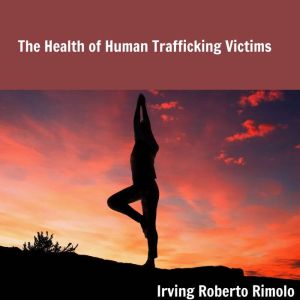
List: $18.90
| Sale: $13.23
Club: $9.44
The Health of Human Trafficking Victims
Author: Irving Roberto Rimolo
Narrator: Irving Roberto Rimolo
Abridged: 1 hr 8 min
Format: Digital Audiobook Download
Publisher: Irving Roberto Rimolo
Published: 07/24/2023
Synopsis
Slavery has existed since ancient times, was integral to building most civilizations, and was written into the Code of Hammurabi (Wells, 2008). It has appropriately been called “the world’s oldest trade” (Vink, 2003). Although Mauritania became the last country in the world to criminalize slavery in 2007, it is estimated there are over 45 million people enslaved worldwide today (McDougall, 2015; Walk Free Foundation, 2016). By means of comparison, historians generally agree approximately 12 million slaves were traded during the entire 400-year Trans-Atlantic slave trade (Manning, 1992; Nunn, 2008). Modern-day slavery is also known as human trafficking and has been documented in all 50 states (U.S. Department of State, 2016). Although the United States and international communities have cooperated to outlaw trafficking activities and protect victims with the passage of the Trafficking Victims Protection Act (TVPA) in 2000, much of the focus has been on legal protection. Little progress has been made in addressing the health needs of victims of human trafficking (Hom & Woods, 2013). Human trafficking harms people physically and emotionally, but health is the least understood aspect of the trafficking process. Notably, trafficking has been called a “public health crisis”, and a “pandemic” (de Chesnay, 2013, p. 901; Goodwin Veenema, Thornton, & Corley, p. 864). The health care response, however, has been “largely neglected in anti-trafficking work”, particularly when compared to efforts in law enforcement, immigrant law, and public policy (Zimmerman, Hossain, & Watts, 2011, p. 327).